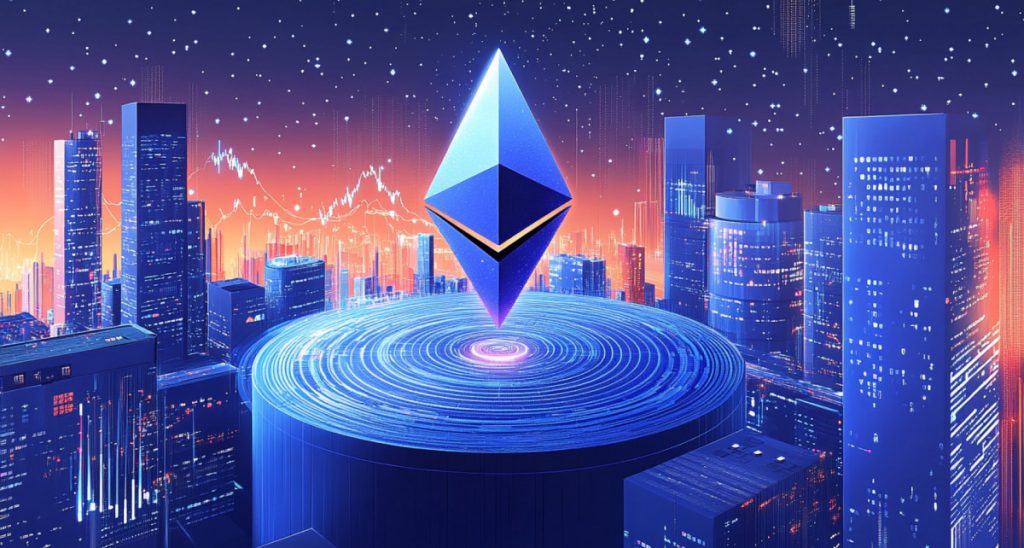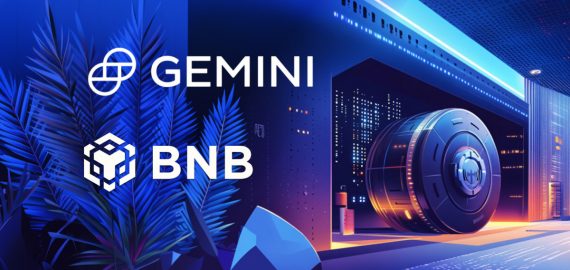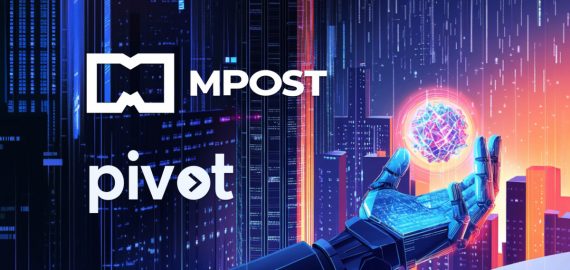Ethereum Foundation Announces Pectra Activation Schedule For Holesky And Sepolia, Releases Testnet Client Software


In Brief
Ethereum Foundation announced that the Pectra network upgrade will go live on Holesky on February 24th, followed by Sepolia on March 5th, and has released the testnet client software.

Non-profit organization supporting the development of the Ethereum blockchain, Ethereum Foundation announced the dates for the Pectra network upgrade on Ethereum testnets and released the Pectra testnet client software.
Pectra, short for Prague–Electra, is the next network upgrade for Ethereum. “Prague” refers to updates on the execution client side, while “Electra” pertains to improvements on the consensus layer client side. Pectra follows last year’s Dencun upgrade.
The upgrade is set to go live on the Holesky testnet at epoch 115968 on February 24th, 21:55 UTC, followed by the Sepolia testnet at epoch 222464 on March 5th, 7:29 UTC. Once both testnets successfully complete the upgrade, the mainnet activation epoch will be determined.
Additionally, Pectra has already been activated on Ephemery, a staking testnet that resets every 28 days. The current client releases are compatible with the Pectra upgrade on both Holesky and Sepolia, with further versions planned to support the mainnet activation.
Exploring Key Changes: EIP-7702, EIP-7251, And EIP-7691
One of the key EIPs in the Pectra upgrade is EIP-7702, which represents a step towards wider account abstraction. This EIP allows users to enhance their Externally Owned Accounts (EOAs) by adding smart contract functionality. This hybrid solution combines the ease of EOAs with the programmability of contract-based accounts. In practice, this enables several features, including transaction batching, gas sponsorship, alternative authentication methods, spending controls, and recovery mechanisms. To implement EIP-7702, an EOA signs an authorization that points to a specific delegation address, which enables the execution of the delegated code. Once set, the account can leverage the new code’s capabilities, such as batching, sponsorship, and authentication logic.
The Pectra upgrade also introduces three new EIPs that enhance the validator experience: EIP-7251, EIP-7002, and EIP-6110. EIP-7251 increases the maximum balance that a validator can earn rewards on from 32 ETH to 2048 ETH. This is achieved through an opt-in update of the withdrawal credential type, which allows smaller stakers to automatically compound their rewards. Previously, rewards earned beyond a validator’s initial 32 ETH deposit did not count towards their active stake. With this EIP, both new and existing validators can now earn rewards on their entire stake, up to 2048 ETH per validator.
EIP-7002 extends validators’ capabilities by introducing execution layer triggerable withdrawals. Prior to this EIP, only a validator’s active signing key could initiate an exit. With the new update, if an Ethereum address is set as a withdrawal credential, it can also trigger an exit. This reduces trust assumptions in delegation setups, as fund owners (whether individuals or DAOs) can always initiate an exit in a trustless manner.
EIP-6110 addresses an issue from pre-merge Ethereum by removing the delay between validator deposits and their addition to the deposit queue. Before the merge, the Beacon Chain had to wait 2048 blocks before processing validator deposits to account for potential proof-of-work reorgs. This delay is no longer necessary post-merge.
Additionally, the upgrade includes EIP-7691, which increases Ethereum’s blob capacity by 50%. Blobs, introduced in the Dencun upgrade, are a form of ephemeral data storage used by Layer 2 solutions to submit compressed transaction data and proofs to Ethereum’s Layer 1. These blobs have reduced Layer 1 fees for Layer 2 transactions by 10-100 times, making Layer 2 user transactions much cheaper. Currently, Ethereum supports an average of 3 blobs per block, with a maximum of 6 during high-demand periods. With EIP-7691, these figures will increase to an average of 6 and a maximum of 9 blobs per block.
In addition to these major changes, Pectra will also introduce several other EIPs, such as EIP-2537 (Precompile for BLS12-381 curve operations), EIP-2935 (Saving historical block hashes in state), EIP-7549 (Moving the committee index outside of Attestation), and more, further improving the overall functionality and efficiency of the network.
Disclaimer
In line with the Trust Project guidelines, please note that the information provided on this page is not intended to be and should not be interpreted as legal, tax, investment, financial, or any other form of advice. It is important to only invest what you can afford to lose and to seek independent financial advice if you have any doubts. For further information, we suggest referring to the terms and conditions as well as the help and support pages provided by the issuer or advertiser. MetaversePost is committed to accurate, unbiased reporting, but market conditions are subject to change without notice.
About The Author
Alisa, a dedicated journalist at the MPost, specializes in cryptocurrency, zero-knowledge proofs, investments, and the expansive realm of Web3. With a keen eye for emerging trends and technologies, she delivers comprehensive coverage to inform and engage readers in the ever-evolving landscape of digital finance.
More articles

Alisa, a dedicated journalist at the MPost, specializes in cryptocurrency, zero-knowledge proofs, investments, and the expansive realm of Web3. With a keen eye for emerging trends and technologies, she delivers comprehensive coverage to inform and engage readers in the ever-evolving landscape of digital finance.


















































